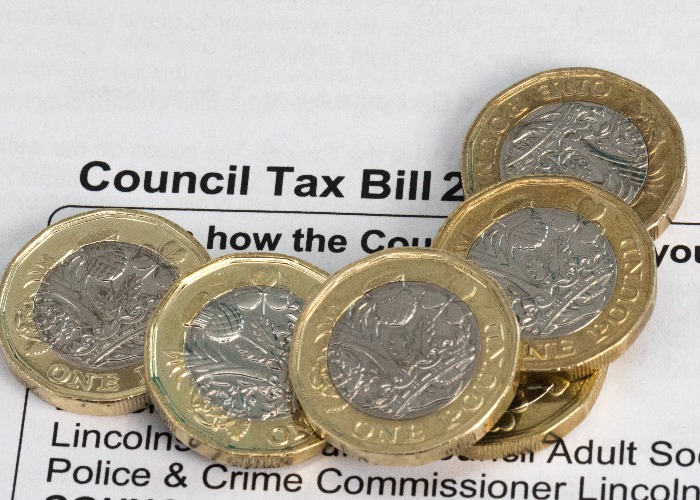Council Tax rebate: some homes still haven’t received £150 payment

Thousands of households are still waiting on valuable help just as the winter takes hold.
Some households are still waiting to receive the £150 Council Tax rebate that was first rolled out in April, it has been revealed.
The payments were meant to support households at a time when energy bills, and the cost of living in general, are spiralling.
The £150 payments go out to households who are within the A to D bands for Council Tax, with an initial deadline of the end of September for payments to be made.
Yet the Government has now said this deadline has been extended to the end of November for the remaining households to get the money.
How many haven’t been paid the Council Tax rebate?
The Government’s Department for Levelling Up, Housing and Communities this week announced that more than 99% of eligible households have now received the £150 Council Tax rebate.
Obviously, paying more than 99% of eligible households is a pretty good rate ‒ it’s more than 19 million households.
However, it’s easy to overlook just how many homes still haven’t received that cash. That 1% is equivalent to around 300,000 homes according to the Government’s own data.
That’s a huge number of people who are missing out on what could be some incredibly useful financial support.
Why have so many households not received the Council Tax rebate?
The rebate is being paid automatically to households who pay their Council Tax through Direct Debit.
It’s the simplest way of doing it ‒ the councils already have the account details of those households, since that’s how they receive the money each month.
The trouble lies in the significant number of households who don’t pay their Council Tax bills by Direct Debit.
Instead, these people need to contact their councils directly in order to arrange the payment of the rebate, and that’s where the issues can lie.
An inconsistent approach
Unfortunately, there is no uniform way that councils approach the payment of the Council Tax rebate to these households.
Many will require you to fill out a form on their website, sharing your bank account details. The money can then be paid into the account.
With others, once you have confirmed your details, you’ll be sent a voucher through the post which you can then redeem at the Post Office, while some send a regular cheque or apply a credit to your Council Tax account.
The truth is that an awful lot of councils were not particularly well set up to handle this sort of payment programme.
According to the Government, it has spent £28 million on helping councils set up software and recruit staff to sort out these payments, and has provided them with a range of options for how to go about making those payments.
Ultimately it also relies on people coming forward to claim that money, too.
And there are plenty of reasons why people won’t do that, whether through embarrassment, fear that it will involve some level of work on their end or simply because they don’t keep up with the news and have no idea about the scheme.
Given the rise in financial scams, and the awareness of them too, I don’t think we can blame anyone for being a little cynical when receiving correspondence from their council that promises a ‘free’ £150, so long as they share some details with that council.
Learning lessons
As we pointed out back in March, the Council Tax rebate is a bit of a mess, albeit a well-intentioned one.
The fact that, six months after payments started being made, we still have 300,000 households yet to receive a penny only reinforces that impression.
For example, by limiting the payments to only properties in bands A to D, a huge number of households who could use that support are missing out.
Council Tax bands are frankly a joke, given that they are based on the value of specific properties three decades ago, and so are a dreadful way of working out who is most likely to need a helping hand.
For example, research by Age UK earlier this year that looked into the older households who weren’t eligible found that around one in five were already living in poverty or receiving some level of income-related benefits.
Given the economic difficulties we have seen since then, it’s likely that even more older households ‒ and those with younger residents too, for that matter ‒ are feeling the pinch.
These are desperate times, and it's welcome that the Government is trying to help in some way.
But this was never going to be an effective - or frankly fair - way of getting that support into the hands that need it most.
Most Recent
Comments
Be the first to comment
Do you want to comment on this article? You need to be signed in for this feature








